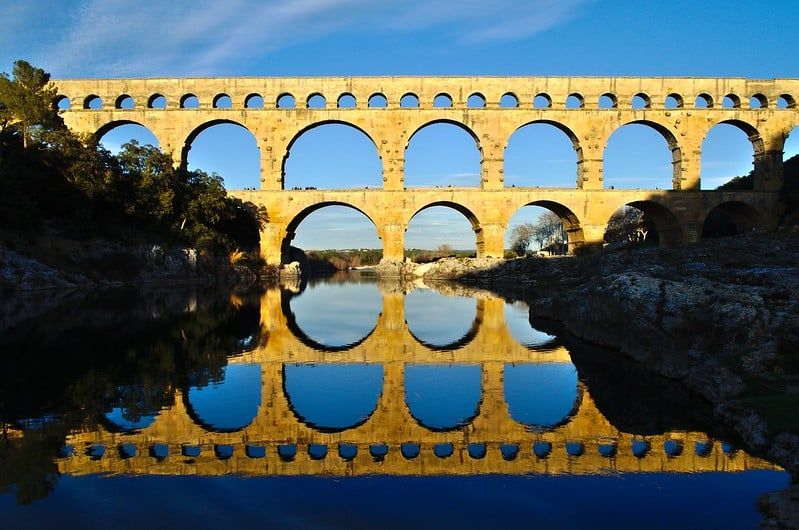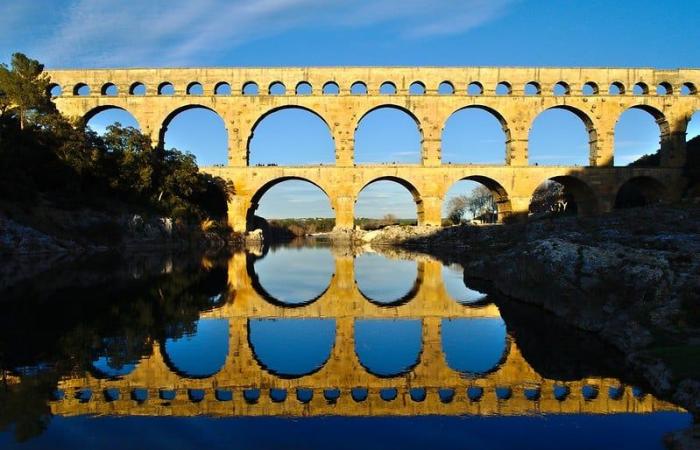A neighboring department of our Provence-Alpes-Côte d’Azur, Gard has four UNESCO World Heritage sites. Enough to follow a splendid walk to discover these enchanting monuments.
Roman remains, religious buildings or even an iconic hiking and pilgrimage route, the Gard never ceases to surprise you.
In addition to its wild and exceptional natural landscapes, the contiguous department of the South region conceals countless human and natural treasures.
A heritage that does not leave one indifferent, so much so that the United Nations Educational, Scientific and Cultural Organization has validated the candidacy of four sites to integrate its vast reservoir of magnificent and memorable places and monuments across the world.
The inimitable Pont du Gard


The exploration can begin with the one which is undoubtedly the most famous: the Pont du Gard. A masterpiece of Roman architecture, it is one of the best preserved ancient wonders on the planet. In reality, its history goes back much further, to the time of Prehistory, since this sector has been occupied by Man from the earliest ages. But if it acquires such publicity, it is for its famous aqueduct bridge which has stood the test of time.
The work was published in the 1st century, around 50 AD. It is the largest of its kind, while being the only three-story one still standing. An architectural feat in terms of its dimensions, notably its 48 meters in height.
Five years of work and a thousand people were necessary to put it together.
Our next stop is in Nîmes, to admire the splendid “Maison Carrée”. Having joined UNESCO in 2023, it is another testimony to the passage of the Romans in Gaul. Built in the 1st century AD, it is one of the first examples of a Roman temple.
Thus affirming the domination and control of the “invaders” over the territory, it was dedicated to the heirs of the Emperor Augustus. A symbol also used to spread the Pax Romanaor peace, prosperity and stability.
The Abbey of Saint-Gilles, a stop on the road to Compostela
Gard can also pride itself on a rich religious heritage. The abbey church of Saint-Gilles is undeniable proof of this. Built at the end of the 12th century, in the Middle Ages it was one of the most visited pilgrimage sites in the Christian world. We can still observe its pretty Romanesque facade, as well as a frieze dedicated to the Passion of Christ.
The building can also be linked to the Chemin de Compostela, and more precisely the Route d’Arles. This famous trail that thousands of pilgrims walk every year has also been part of the world organization since 1998. It includes, among other things, the magnificent Voie d’Arles, one of the four routes crossing France and Europe towards the Spanish commune. . On your route, you will discover a wide variety of reliefs, but also majestic historical monuments. Quite a promise.








